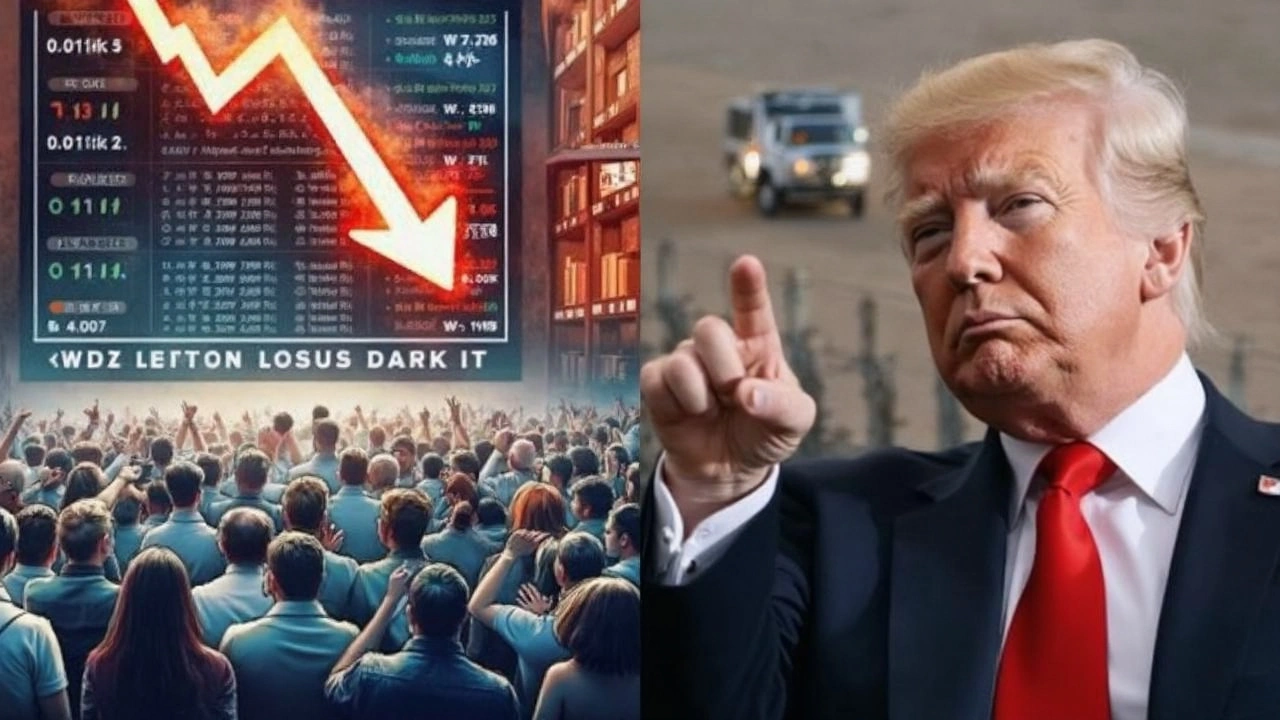
Trump Sets Bold Tariff Plan for 2025: What Changes?
April 5, 2025, is set to change the rules of the game for anyone doing business with the United States. Out of nowhere, President Donald Trump has announced a reciprocal tariffs policy that doesn't just tinker with trade—it flips it on its head. Think all imports into the US? They now face a 10% tariff, regardless of where they're coming from, and that's just the starting line.
But that's not all. Just a few days later, the screws get even tighter for 57 countries singled out in a government list. Their exports to America will be hit with tariffs that climb as high as 50%. The idea is simple—if the US faces barriers selling goods to these countries, then those countries will face the same struggle bringing their goods stateside. It’s classic Trump: tough talk backed by action, this time using a two-level system designed to hit back at what are being called ‘non-reciprocal’ trade practices.
The administration isn’t stopping there. The Section 232 tariffs on steel and aluminum, which were once only aimed at select nations, are now global. That means no exemptions—even some close US allies will feel the pinch. What’s new is also the inclusion of derivative products made from steel and aluminum, so anyone making finished goods from these basic metals is swept into the policy too, starting March 12, 2025.

Who’s Spared, and Who Gets Hit?
It’s not entirely a blanket policy, though. Products traveling north or south from Canada and Mexico—provided they’re compliant with USMCA rules—are excused from the new tariffs. That’s a major break for the North American supply chain, which keeps everything from auto plants to supermarkets humming along both sides of the border.
Another out: essential goods like pharmaceuticals and semiconductors. They’re marked in a special annex as exempt, likely a nod to the fact that disrupting these sectors could send shockwaves through US hospitals and high-tech factories.
But for the other 57 countries on the administration’s list, there’s no place to hide. The move is backed by the International Emergency Economic Powers Act (IEEPA), usually reserved for national security threats. Now it’s being used to overhaul how America responds to trade deficits—sending a clear message that the White House sees persistent trade imbalances as a matter of economic security.
No one’s sure how this will play out. Will countries retaliate and set off a new wave of global trade wars? Could prices at home start climbing as everyday goods get caught in the tariff crossfire? Or will trading partners blink and pull barriers down themselves? For now, the only thing that’s certain is that world trade is heading into choppy waters, with the US at the helm and a new set of rules to enforce.